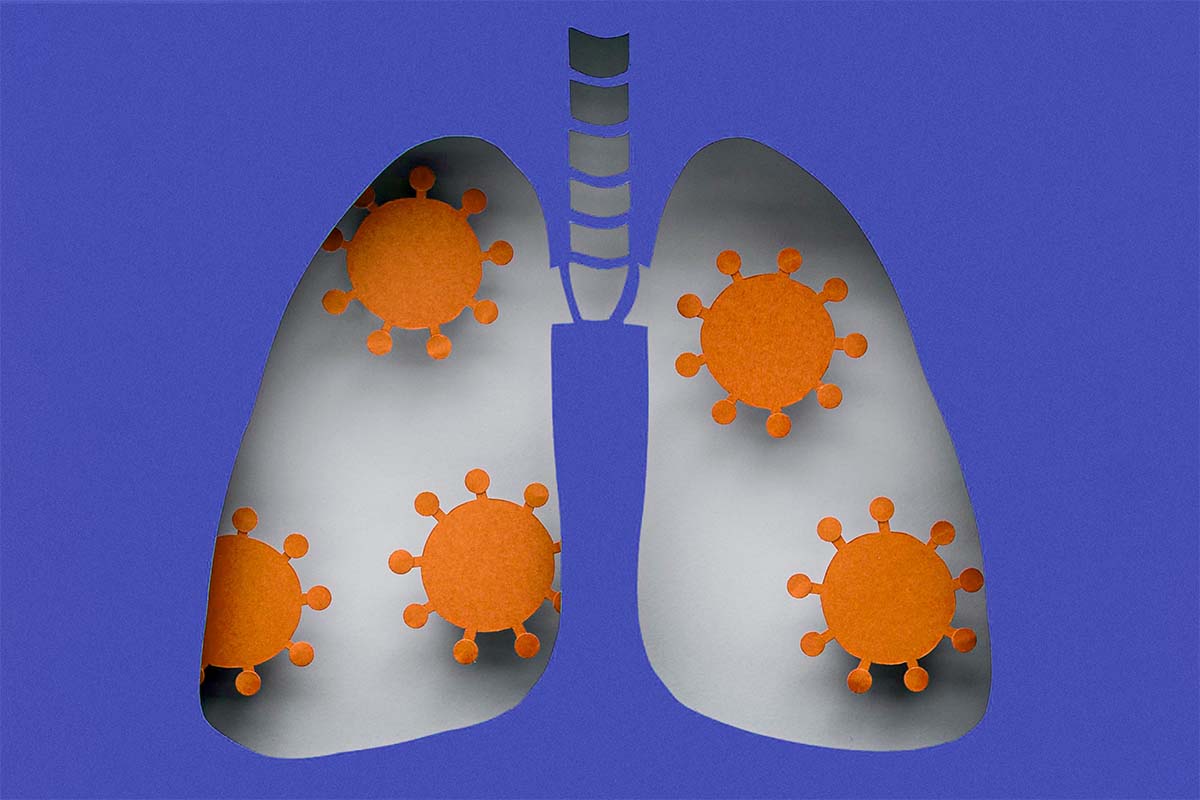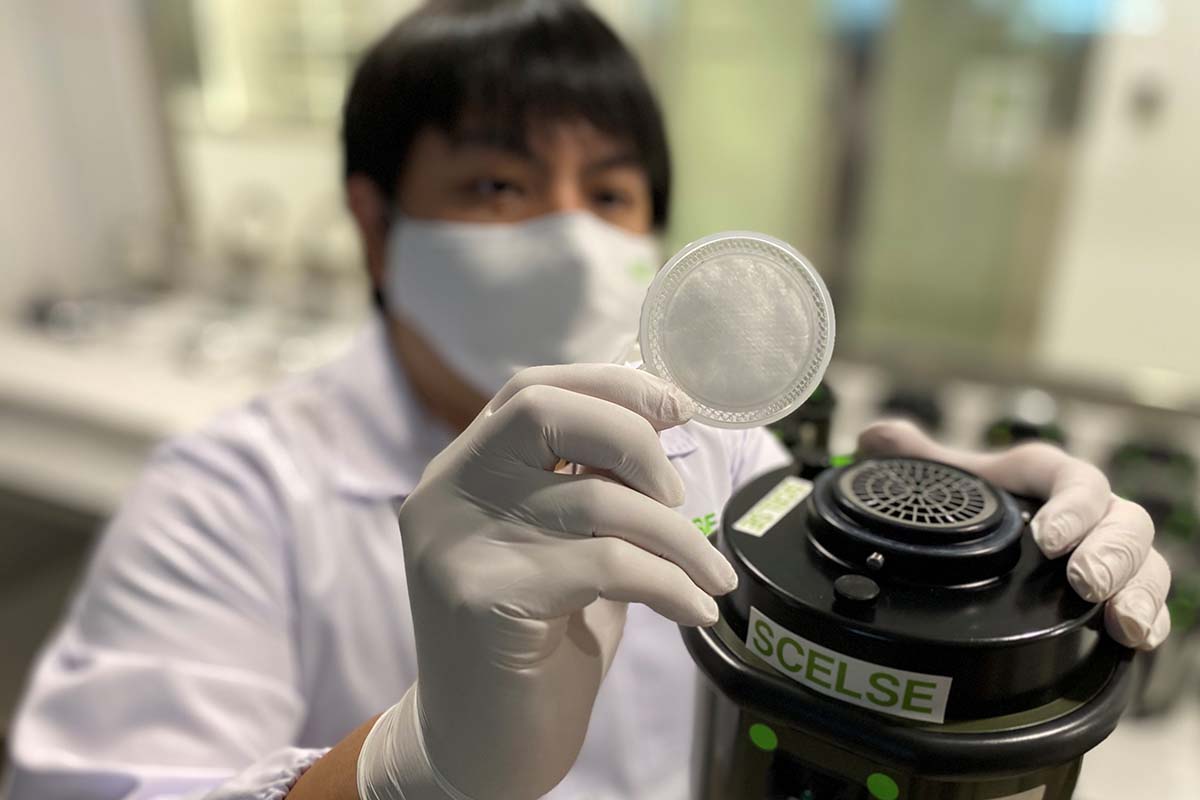
Issue 41 / February 2022
Insights
Tuberculosis Alert!

Tuberculosis (TB) was the leading cause of death from an infectious disease, only to be surpassed by the new kid on the block, COVID-19, in the past two years.
hile both infectious diseases share many things, including being endemic in Singapore, COVID-19 has unfortunately disrupted TB services and set-back the End TB Strategy, which strived to reach the following goals by 2035.
Goals for End TB Strategy by 2035
|
|
#1. Reduce TB deaths by 95% |
|
|
#2. Reduce new TB disease by 90% between 2015 and 2035 |
|
|
#3. Ensure no family is burdened with catastrophic expenses due to TB. |
The World Health Organisation’s latest annual Global TB Report stated that TB deaths have increased to 1.5 million in 2020, with projected further increases in new TB disease and mortality beyond 2022. Our study of 43 TB centres over 19 countries1, showed a significantly reduced TB disease notification and decreased drug-resistant TB treatment in 2020 compared to 2019, which corresponded with national lockdowns during the pandemic. A resurgence in TB disease is thus expected in the very near future, as societies start to open up, and resources need to be urgently re-prioritised.
What are these resources? These can be broadly categorised into two: healthcare-related and socioeconomic resources. Within healthcare-related resources, TB preventive strategies targeting at-risk groups need to be scaled up. These population groups include HIV-positive patients, patients receiving kidney dialysis, transplant recipients, and patients receiving immunosuppressive therapy such as anti-tumour necrosis factor therapies. Healthcare providers should also be on the alert to promptly diagnose TB disease, as a substantial proportion of patients may not have symptoms, but have chest-X ray abnormalities indicative of infectious TB. They should be promptly initiated on effective TB treatment, as a delay in diagnosis and treatment means further transmission of TB within the community.
Policies could be implemented for routine screening and treatment of both TB infection and TB disease at the national level. Healthcare subsidies can be extended for all patients with TB, including migrants.
Socioeconomic resources can similarly be further scaled-up. These include the use of technology, including telehealth to further support patients on preventive and TB disease treatment. The COVID-19 pandemic has accelerated the adoption of digital technologies for health monitoring and contact tracing. These include the widespread distribution of pulse oximeters for home monitoring of oxygen saturation, and the implementation of the Trace Together app for contact tracing and easy implementation of vaccination-differentiated measures for entry into malls and eateries. The use of telehealth has also grown exponentially, with clinical consults for patients with COVID-19 on home recovery programmes, as well as selected medical consults for other patients, done via online secured platforms. The progress made in utilising technology in medicine can be implemented for TB as well.
Policies could be implemented for routine screening and treatment of both TB infection and TB disease at the national level. Healthcare subsidies can be extended for all patients with TB, including migrants.

Another ‘pandemic’ that must not be forgotten is the ’silver tsunami’. 15% of the resident population is aged above 65 years in 2020, as compared to 9% in 2010. Singapore has progressed from an ageing society to an aged society, and is projected to become a super aged society, where more than 20% of the society is aged above 64 years, by 20302.
The elderly population has been disproportionately affected by the COVID-19 pandemic. Between May to November 2021, the proportion of unvaccinated persons infected with COVID-19 requiring oxygen supplementation rose sharply with age, from less than 1% amongst those aged 20–29 years, to 25% amongst those aged 60–69 years, and 47% amongst those 80 years and above. Similar trends are seen among persons infected with COVID-19 who require intensive care, or who passed away as a result of COVID-193.
“While the COVID-19 pandemic has captured everyone’s attention in the past two years, we must not lose sight of the fight against other infectious diseases of public health significance.”
With tuberculosis, the greatest burden of disease falls among those who are elderly. In 2018, the incidence rate per 100,000 population increased with age, with an incidence rate of 15.5 among those aged 20-29 years, then rising to 74.4 among those aged 60–69 years and going up to 137.5 among those aged above 80 years. As with COVID-19, the mortality rate per 100,000 population also rises sharply with age—with a mortality rate of less than 1 per 100,000 population in those below 70 years of age, to 5.1 among those above 70 years4. These figures remind us that in order to effectively adopt the End TB Strategy, additional emphasis must be placed on TB treatment and prevention among the elderly.
While the COVID-19 pandemic has captured everyone’s attention in the past two years, we must not lose sight of the fight against other infectious diseases of public health significance. With proven airborne transmission, TB can spread quickly if left uncontrolled, and can cause significant morbidity and mortality. As we raise awareness of TB on World TB Day, let us also not forget about the fight against TB on all other days of the year.
-
Migliori GB, Thong PM, Alffenaar JW, Denholm J, Tadolini M, Alyaquobi F, et al. Gauging the impact of the COVID-19 pandemic on tuberculosis services: a global study. Eur Respir J. 2021.
-
Department of Statistics, Singapore.
-
Ministry of Health, Singapore. COVID-19 Statistics. Retrieved on 6/12/2021.
-
Communicable Diseases Division, Ministry of Health, Singapore. Communicable Diseases Surveillance: Singapore 2018.




